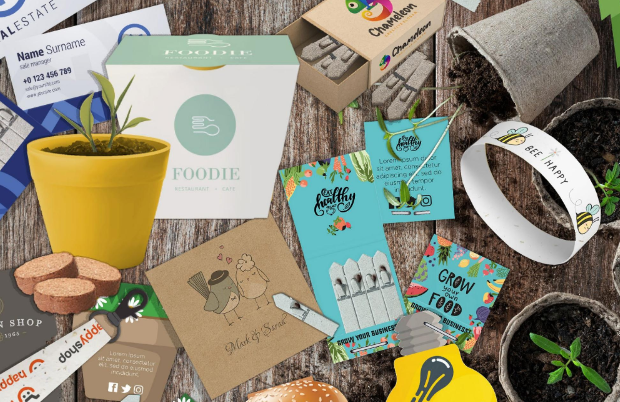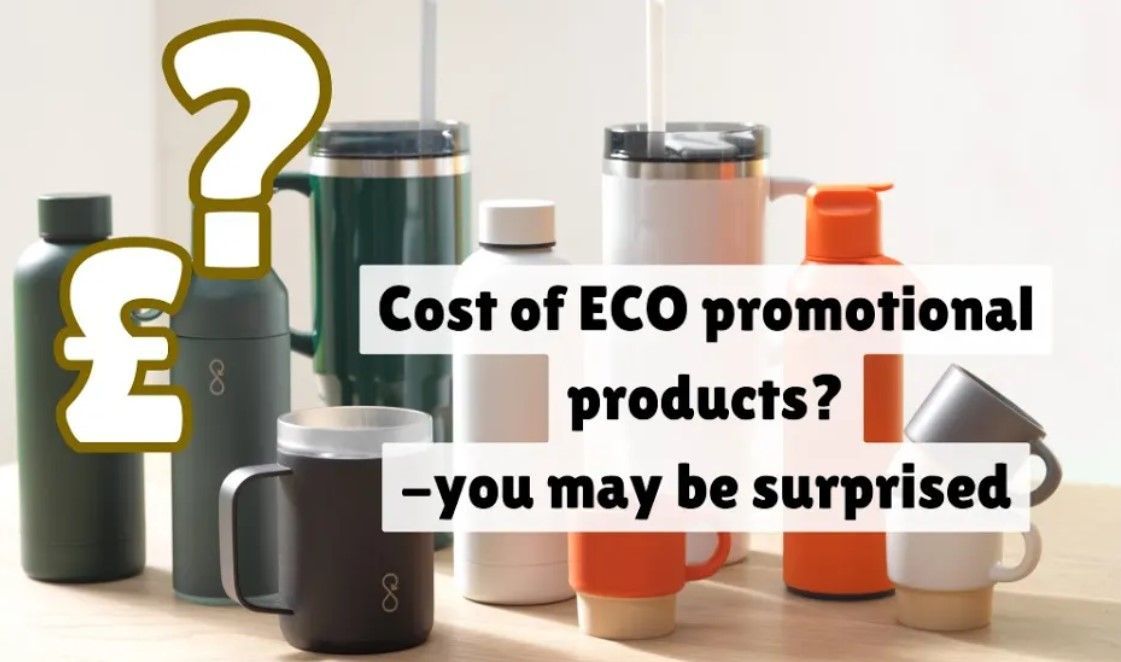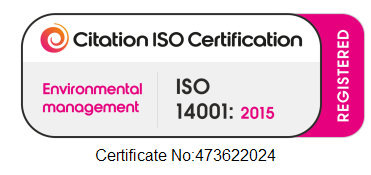Ultimate Guide to finding an Eco Promotional Product
David Platt • 27 July 2025
How to avoid endless searching of websites

Searching for a branded gift or promotional product?
Finding it hard to discover something new, something different?
This post will give you a different way of finding what you are looking for by explaining how the industry works and why endless browsing may not be the right approach - or you can watch the video here
1. Understanding how the promotional products industry works
a. Promotional Products Distributors
The web sites you see on Google are numerous – indeed there are 2,873 distributors in the UK, each selling branded merchandise and each with a website. The web sites vary from the aesthetically pleasing to the overcrowded. BUT you will see the same products on many different web sites – why?
b. Promotional Products Manufacturers
The number of actual manufacturers is relatively small – a few hundred – each making a single product line, whether that be bags, notebooks, pens or clothing. But the vast majority of the manufacturers will only sell to the Trade – you will find it difficult to access them without the distributor.
c. Merchandise Wholesalers
In addition to the manufacturers, there an even smaller number of ‘wholesalers’. These Trade only suppliers will stock a huge range of products from many different sources and brand the product with your logo. They may also allow electronic feeds of their products to the distributor websites.
d. Images of products
So, as you search the myriad of websites presented by Google, you are looking at distributors with potentially the same product lines. ‘But they appear different’ – I hear you say. Yes, that is because each distributor, ourselves included, chooses what we believe to be the best promotional products for a particular price and quality, and the best images. Three problems
- We may have chosen the wrong products
- We may have chosen the wrong image
- The products constantly change so it is really tough to keep the website updated
But, remember all the distributors buy from the same sources and virtually all could supply ANY of the products you see…..
2. I don’t know what I am looking for but will know it when I see it!
This is true for 95% plus of everyone searching.
You do however have some basic parameters:
- Rough cost per item
- Estimate of the quantity
- An understanding of who it’s for
- An understanding of your brand
- How the product will be used
- TIMING
This last one is the ‘real kicker’ – you may find what you want but not be able to get it in time – in our experience this happens so often.
3. Alternative approach – a guide
So, what is the alternative approach? Have the distributor do the work for you – for FREE
We spend every day looking at products, attending industry exhibitions and meeting with manufacturers and wholesalers. We know what is available and when.
We can help you clarify a brief and then present you with ideas.
We can even quote on a product you have seen elsewhere.
See us as your guide.
OUR PROMISE
– no pushy sales people – happy to chat by email or WhatsApp if you prefer.





